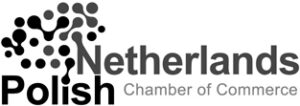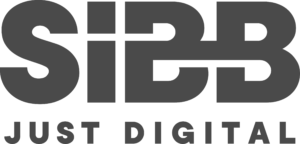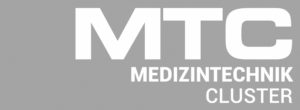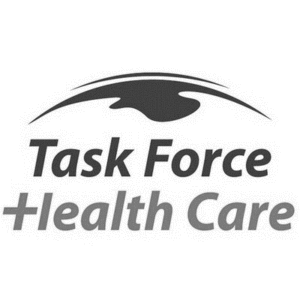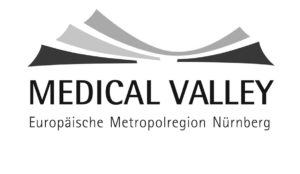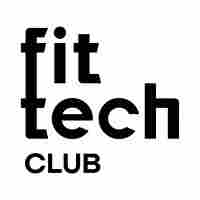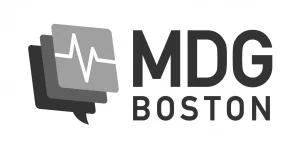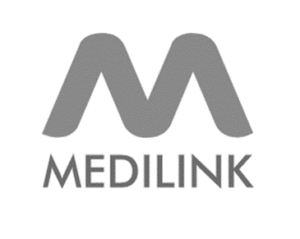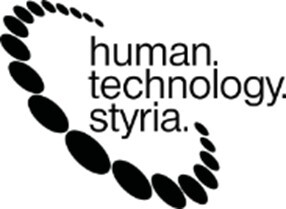What is Remote Patient Monitoring?
Remote patient monitoring (RPM) is a technology to enable monitoring of patients outside of conventional clinical settings, such as in the home or in a remote area, which may increase access to care and decrease healthcare delivery costs.
RPM involves the constant remote care of patients by their physicians, often to track physical symptoms, chronic conditions, or post-hospitalization rehab.
RPM is the method of healthcare delivery that uses the latest advances in information technology to gather patient data outside of traditional healthcare settings.
Remote patient management is about moving more healthcare out of the traditional setting, into the house and where people live, work and play every day.
It is about:
➡️Using technologies to build the bridge that space between the traditional physical setting of healthcare, and where people really want to live every day.
➡️Usage of today’s sleek, consumer-friendly personal tech products.
➡️Strongly resembling the smartphones and tablets so widely used by people around the world today.
➡️RPM platforms which truly leverage technology in a way that makes patients feel comfortable with helping manage their own health.
Key features of RPM:
- Reliable data
- Upgraded level of Big Data Analysis with Advanced AI and Machine learning
- Automation
- Cyber security
- Accessibly
- Cost-effectiveness
- Promptness
Technological components
- Sensors on a device that is enabled by wireless communications to measure physiological parameters.
- Sensors can connect back to a central database by WiFi or cellular communication protocols depending on the manufacturer.
- Local data storage at patients’ site that interfaces between sensors and other centralized data repository and/or healthcare providers.
- Centralized repository to store data sent from sensors, local data storage, diagnostic applications, and/or healthcare providers.
- Diagnostic application software that develops treatment recommendations and intervention alerts based on the analysis of collected data.
RPM is applicable to many diseases and use cases
- Cancer
- Pandemic infection diseases e.g. COVID 19
- Chronic Obstructive Pulmonary Disease (COPD)
- Dementia and falls
- Diabetes
- Congestive heart failure
- Infertility
- Surgery
- Telemedicine in prison systems
- Veterans Health Administration
- and many others
System Demonstrator Trial in UK started 2008 and achieved
- 45% reduction in mortality rates
- 20% reduction in emergency admissions
- 15% reduction in A&E visits
- 14% reduction in elective admissions
- 14% reduction in bed days
- 8% reduction in tariff costs
Current limitations
➡️RPM is highly dependent on the individual’s motivation to manage their health. Without the patient’s willingness to be an active participant in their care, RPM implementation will likely fail.
➡️Cost is also a barrier to its widespread use. There is a lack of reimbursement guidelines for RPM services, which may deter its incorporation into clinical practice.
➡️The shift of accountability associated with RPM brings up liability issues.
➡️There are no clear guidelines in respect to whether clinicians have to intervene every time they receive an alert regardless of the urgency.
➡️The continuous flow of patient data requires a dedicated team of health care providers to handle the information, which may, in fact, increase the workload.
➡️Since RPM involves transmission of sensitive patient data across telecommunication networks, information security is a concern. Debate surrounds the potential cybersecurity issues of RPM, including the likelihood of hacks which could pull personal medical data.
What Is Telehealth? What is the difference to RPM?
➡️ Telehealth is where RPM refers to the use of a specific technology to facilitate interaction between clinicians and patients at home.
➡️ Telehealth is a broader term that refers to the entire industry, methodology and technologies that enable that type of healthcare.
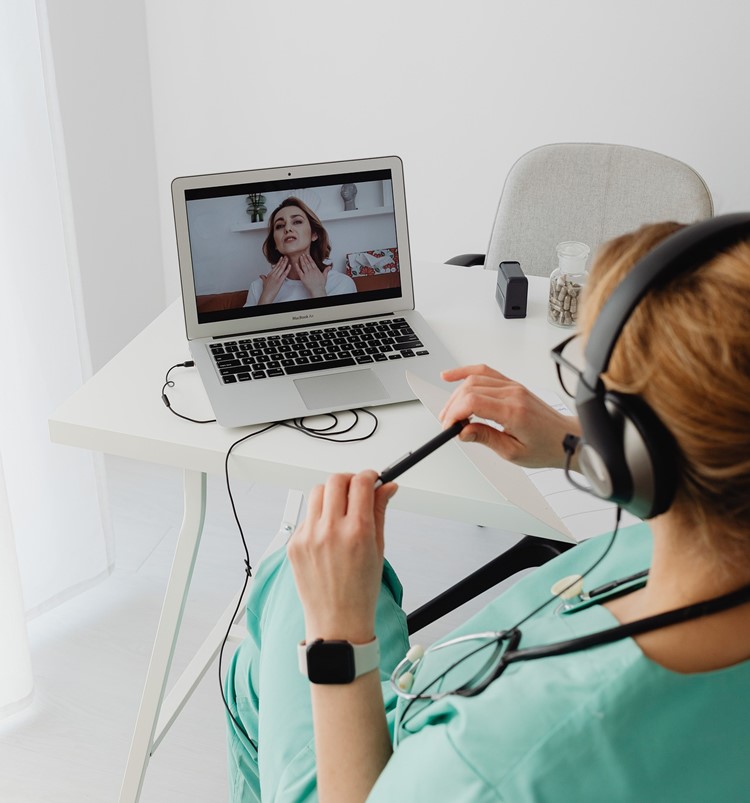
If you would like to see more interesting posts, visit our knowledge database: https://thaumatec.com/knowledge/

